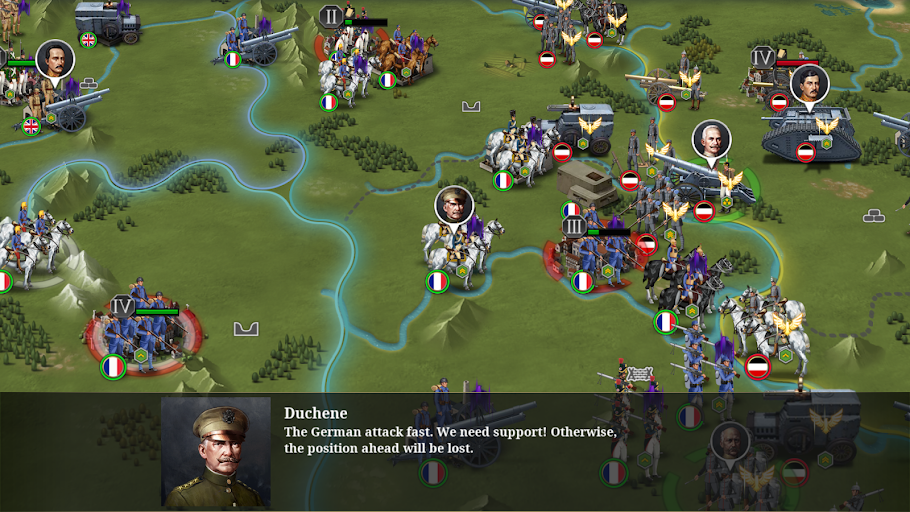
Fundamentally, as the range and rate of fire of rifled small-arms increased, a defender shielded from enemy fire in a trench, at a house window, behind a large rock, or behind other cover was often able to kill several approaching foes before they closed with his position. North American armies employed field works and extensive trench systems in the American Civil War - most notably in the sieges of Vicksburg and Petersburg -the latter of which saw the first use by the Union Army of the rapid-fire Gatling gun the important precursor to modern-day machine guns. The Crimean War - saw "massive trench works and trench warfare", even though "the modernity of the trench war was not immediately apparent to the contemporaries".

British casualty rates of up to 45 percent, such as at Gate Pa in and the Battle of Ohaeawai insuggested that contemporary firepower was insufficient to dislodge defenders from a trench system. Although Napoleon Bonaparte started his military career in artillery, campaigning in the Napoleonic Wars generally emphasized movement rather than static entrenchment.īut innovations in trench warfare became more prominent in the course of the 19th century. Roman legionswhen in the presence of an enemy, entrenched camps nightly when on the move.

With the development of armoured warfare and combined arms tactics, emphasis on trench warfare has declined, but it still occurs wherever battle lines become static. Attacks, even if successful, often sustained severe casualties. The area between opposing trench lines known as " no man's land " was fully exposed to artillery fire from both sides. Trench warfare proliferated when a revolution in firepower was not matched by similar advances in mobilityresulting in a gruelling form of warfare in which the defender held the advantage. Following that war, "trench warfare" became a byword for stalemate, attritionsiegesand futility in conflict.

Trench warfare is a type of land warfare using occupied fighting lines largely comprising military trenchesin which troops are well-protected from the enemy's small arms fire and are substantially sheltered from artillery.


 0 kommentar(er)
0 kommentar(er)
